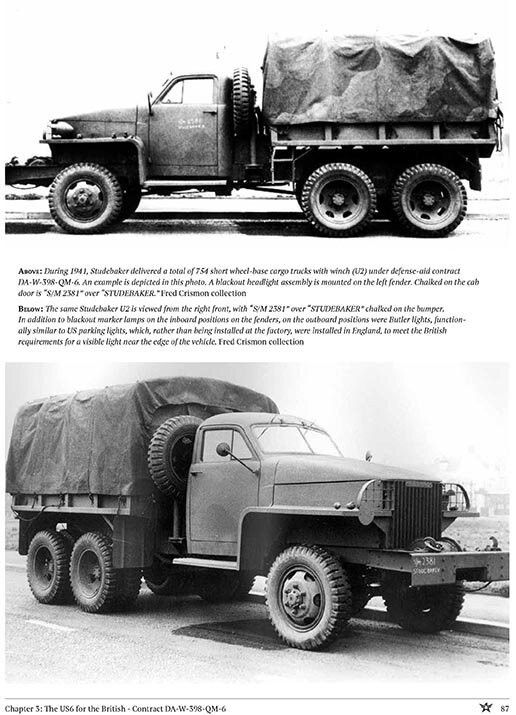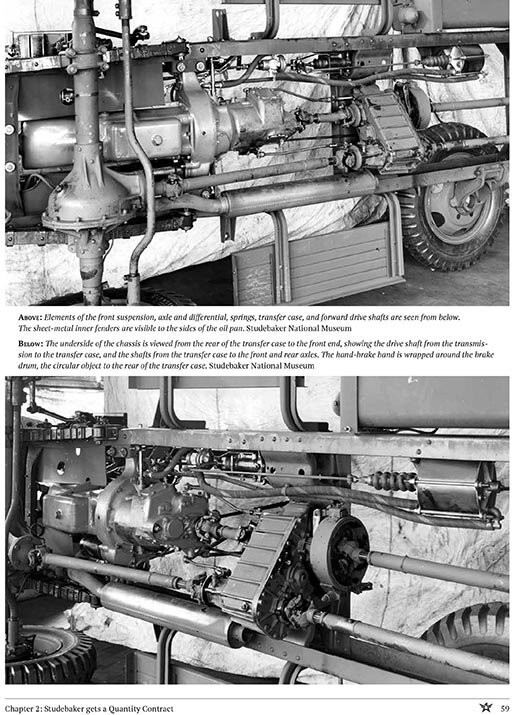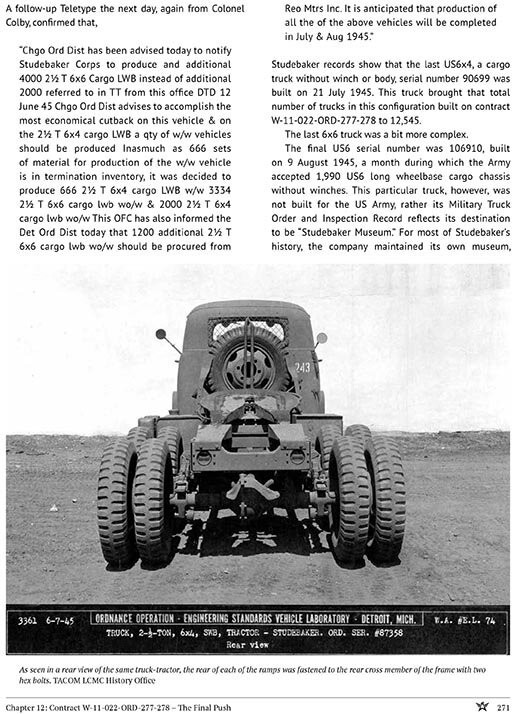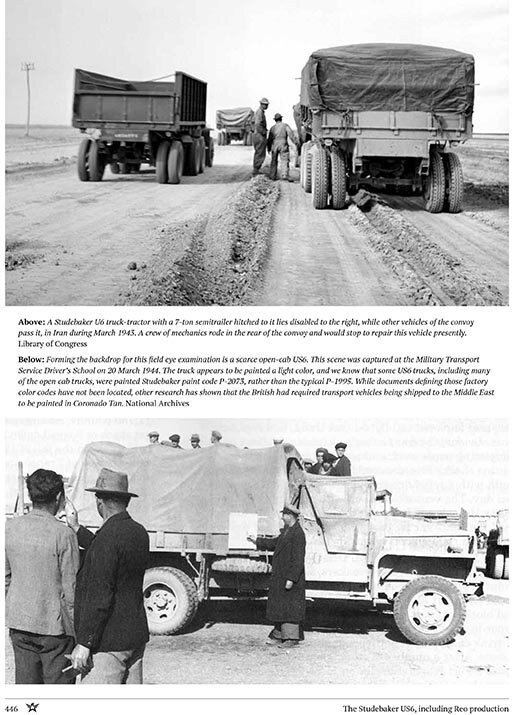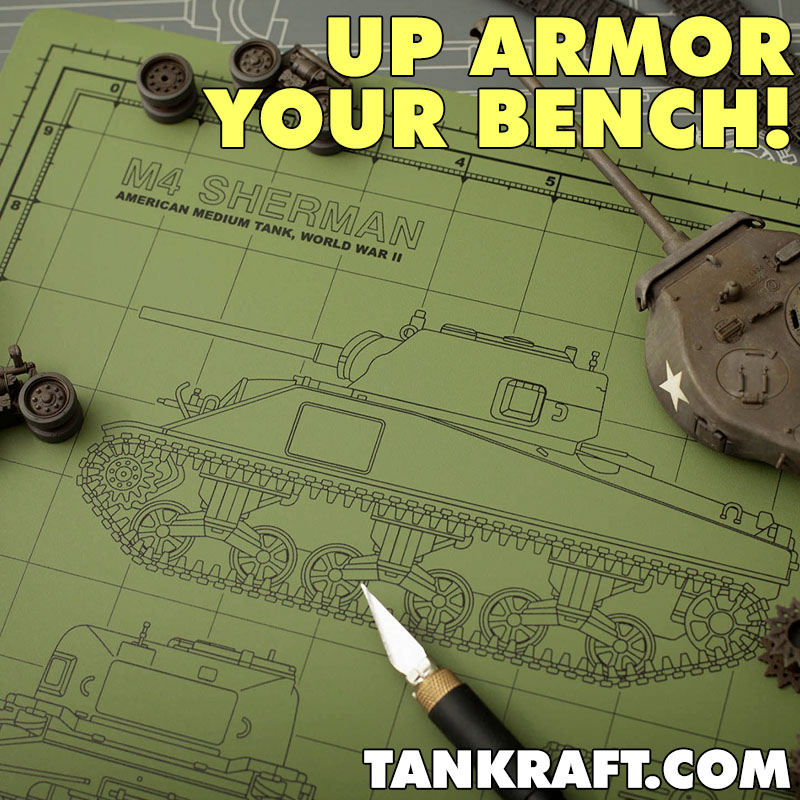Introduction
While armor buffs will insist the Sherman tank was the hero of Lend-Lease in the Soviet Union, true strategic thinkers will know that it was the trucks provided to the Red Army that made the difference in the fight against Nazi Germany, especially the Studebaker US6. Nearly 200,000 were produced at the factory in South Bend, Indiana, with some entering US service, but the majority going to the Soviet Union under the Lend-Lease program (the US armed forces preferred the General Motors CCKW, mostly due to a cheaper acquisition cost). Even Stalin appreciated the value of the truck, and wrote a letter of thanks to Studebaker.
Affectionately known as the "Studer" or "Studebekker" by Soviet soldiers because of the vehicle's reliability and ubiquity, it was so highly-regarded on the Eastern Front that the truck became the model for the later ZIL-157 that shows up in Russia, China, Vietnam and elsewhere. Variants included cargo beds, fuel tanks, tractor-trailer combos, and dump trucks, and there were experimental tries that even included a gun platform. However, the primary role of the US6 was as the backbone of Lend-Lease transportation which helped bring about an Allied victory during the war.
Now author David Doyle and his David Doyle Books have released Studebaker US6 Including REO Production, providing this legendary truck with the reference treatment it so richly deserves (REO Motor Car Company produced around 20,000 additional vehicles under license from Studebaker strictly for export to the Soviet Union). I can't imagine any further documentation significantly enriching our knowledge about the truck, as the author has dipped liberally into the archives of the Studebaker Museum devoted to the brand and its many cars and trucks.
David Doyle Books has recently become one of the powerhouses of military publishing, with a focus on the needs of modelers. The company produces or reprints (as with the old Squadron series of books) titles in all areas of military vehicles, aircraft, etc. While not intended solely for modelers, the emphasis on detailing and interiors makes them sought-after by those in the hobby, and we are fortunate to have such a huge resource at our fingertips. The "Son of Studebaker" tome is intended to be the last word on this vehicle, and is presented in a beautiful hardcover format with color plates.
Contents
The 591-page hardbound book contains hundreds of black & white photos, many never published before, including close-ups that will delight super-detailers in the modeling hobby, as well as limited color pictures that show the truck in the field, or revive some of the magazine advertisements from the war era extolling the company's role in producing trucks and the engines used in the B-17. Never worry about an American corporation missing an opportunity for some timely marketing. The book is frankly gorgeous, and will rate a place of honor on your coffee table or in your hobby book shelf.
Seventeen chapters start with the initial bid to the government, covering various contracts and versions, right through to the various major operators, including the Soviets, the British, the Nationalist Chinese, and the Australian Army, which bought the trucks and promptly put them into post-war storage. There is even a chapter on the REO Motors contribution, which although totaling only around 20,000 vehicles, lives on in the name of the rock band REO Speedwagon.
The Review
One of the important questions the book takes up is why the General Motors CCKW model truck was chosen by the US Armed Forces over other bids, and why the Studebaker US6 was mostly exported to America's Lend-Lease partners. Doyle does an excellent job of dispelling the many myths around the subject-- which truck was "better," personal rivalries among the procurement offices, etc.-- and reveals it was the prosaic matter of money: gigantic GM could produce their trucks more-cheaply than smaller rival Studebaker, and with the government purchasing over 500,000 CCKWs, it naturally went with the bid submitted by GM's Yellow Truck & Coach subsidiary.
Nevertheless, the US6 was a superb vehicle that could handle the challenges of mechanized warfare, the vast distances that needed to be traversed in the Soviet Union, and the region's notoriously poor road network. Its motor didn't balk at inferior-grades of fuel, and Soviet drivers became extremely fond of their "Studers," an appreciation extending all the way up to Stalin himself. The delivery of the trucks also challenged them tremendously: while many were shipped to the Soviet Union over the "Murmansk Run" in the North Atlantic (and many were lost to German attacks), still many more were shipped to Iran and then driven north to the Soviet Union or East for service in China, often by African-American drivers who were limited by America's segregated armed forces from serving in some combat roles.
And while armchair strategists will argue that American-made Sherman tanks and other AFVs turned the tide on the Eastern Front against Nazi Germany, it could not have happened without convoys of Lend-Lease Studebakers and other vehicles that carried the men and matériel needed for the fighting. Even thumbing through the pages of the book, I was struck by how the truck was everything, doing it seemed anything, often roles that were essential to the fighting that took place.
To make his point about the importance of the US6, Doyle sets the entire history of the vehicle out in minute detail-- possibly too much minutiae for some, but given the author's intention of delivering THE definitive account of the US6, the profusion of facts melds well with the equal profusion of sharp, detailed photos. This is simply the single best resource on one of the most-important vehicles of WW2, and after reading it, I wanted to go out and order one of the new ICM Studebaker kits.
The Photos
I don't normally devote a separate section to the photography in a book I'm reviewing, but the images are simply on another order of magnitude, both in terms of breadth of coverage, and in terms of the overall quality. At at time when many reference works are cutting costs and publishing muddy or murky photos that have been reproduced to death, Doyle has availed himself of the Studebaker Museum's archives to present crisp, clear, often highly-detailed pictures that will delight the historian and amaze the super-detailer. I can't emphasize enough that, if you don't currently have a US6 in your stash, head down to your local hobby shop or avail yourself of an internet retailer to secure one just to make use of the abundance of detail and information. While most of the photos are in black & white, there are period color photos and advertisements that compliment the volume and make it worth the purchase price.
Conclusion
The book focuses almost entirely on the "career" of the US6 in WW2 when it stood out in a supporting role for armies around the world. However, the vehicle soldiered on in places like Indochina, and I would have enjoyed at least an afterward about the Studebaker's post-war employment. I have seen photos of these trucks in the French and later Army of the Republic of Vietnam (ARVN) service, and perhaps a future David Doyle Books offering will take up this coda.
I realize there are often physical and other limitations that prevent any book from being THAT exhaustive, and my quibble in no manner diminishes the outstanding level of achievement this volume has gained. It isn't an exaggeration to say that nobody building a Studebaker US6 truck should begin without a copy of this book. And for those who are building trucks of all kinds during the World War Two period and after, the photo resources are splendid and not to be missed. Shermanaholics have been going gaga over the two-volume "Son of Sherman" tome, soft skin lovers can take heart with this "Son of Studebaker" tome.
Thanks to David Doyle Books for providing this review copy. Be sure to say you saw it reviewed on Armorama when purchasing your copy.
